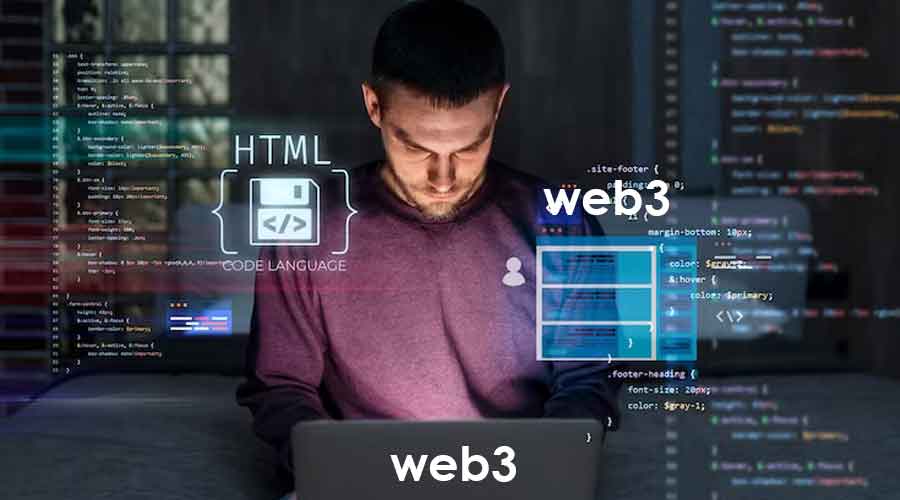 Understanding Web 3.0 and how it affects organizations
Understanding Web 3.0 and how it affects organizations
Among these disruptive technologies, Web 3.0 is becoming more and more well-known as virtual phenomena like the metaverse and non-fungible tokens (NFTs) proliferate. That being said, it is not a recent discovery; in fact, the word was first used in 2014 by an English computer scientist.1.
In order to create a more intelligent, connected, and open web experience, Web 3.0 refers to the upcoming third generation of the internet, which will make use of emerging technologies like edge computing, 5G, semantic web, natural language processing (NLP), distributed ledger technology (DLT), internet of things (IoT), and virtual/augmented reality (VR/AR). It’s a theoretical phrase that refers to the coming together of several new technologies.
The main feature of it is its vision of a decentralized web where users are given an effective and highly personalized experience through the fusion of the real and virtual worlds, and the community owns all of its data.
The goal of Web 3.0 is to prioritize privacy via means of decentralization. Users will have more control over their data in such an environment, which will boost digital trust and loyalty and offer a more immersive and personalized experience.
There have been two significant evolutionary phases for the World Wide Web.
We refer to the initial phase as Web 1.0. It involved common gateway interface (CGI)-built pages, static pages, frames, and web page design features. There is just a legible webpage on it, and very few individuals are working to support the broader user base.
Web 2.0 encompassed advancements including social networks, online apps, cellphones, and web-oriented architecture. With it, users may create, share, collaborate, and engage with others without requiring any knowledge of web design or publishing.
Web 3.0 aims to return ownership to the user via a stack of technologies built on a decentralized web ledger, from middlemen/gatekeepers who are essential to Web 2.0, such as social media platforms, search engines, governments, and banks. Users would take part in the ownership process and be the owners of their data, identities, content, and algorithms.
Businesses will change as a result of Web 3.0 and technologies like DLT, 5G, 3D graphics, and IoT. Web 3.0 will transform how organizations use technology by providing more control over data through permissionless network protocols and decentralized web interfaces that give more contextualized and personalized information.
- Client experience: With the use of spatial technologies like AR/VR and 3D graphics, Web 3.0 seeks to integrate the real and virtual worlds. The creation of the metaverse—a virtual reality network where users can exist as avatars—has been greatly aided by this possible unity. A fully immersive virtual experience is provided by the metaverse. For customers to be able to experience things in the virtual world as well, brands will need to establish their presence in the metaverse.
- Fraud prevention and customer privacy: Companies may create a trusting atmosphere for their clients by utilizing blockchain-powered smart contracts in scenarios like payments received for services. Blockchain-based smart contracts will assist to reduce fraud by carrying out certain operations according to predefined circumstances.
- Optimized operations: Businesses may create digital twins of their physical storefronts or create geographic models for their logistical operations by utilizing the power of the spatial web and IoT. This aids companies in setting up the framework for tracking and improving through the use of a digital twin as a testing environment. Additionally, they are able to confirm how any new adjustments may affect their supply chains or operations. They will also gain from quicker processing of the data gathered by edge computing-enabled Internet of Things devices.




